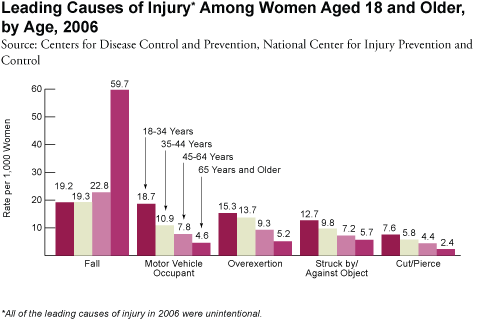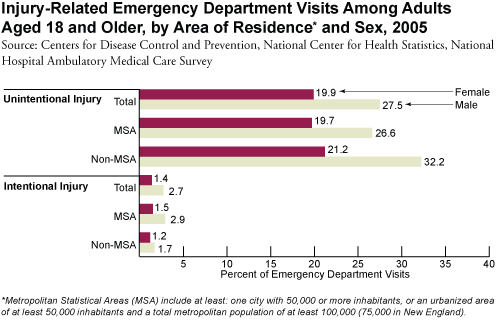by Daniel H. Swerdlow-Freed, Ph.D.
(Daniel H. Swerdlow-Freed, Ph.D.is a Licensed Psychologist.
Contact information is available at the end of this article.) Several years ago, our newsletter featured an article on parental alienation, in which we summarized Richard Gardner's proposition that parental alienation syndrome, or PAS, was a diagnosable disorder with distinct features. Over the past several years, his opinions have received much criticism and led mental health professionals to formulate research-based explanations of the dynamics that cause children to reject contact with a parent. On the basis of their research, Drs. Joan Kelly and Janet Johnston recently published a new theory of the alienated child, which we believe advances understanding of this complicated issue. Since this topic is of interest to so many of our readers, we are providing a summary of their paper. ** Kelly and Johnston define an alienated child as "…one who expresses, freely and persistently, unreasonable negative feelings and beliefs (such as anger, hatred, rejection, and/or fear) toward a parent that are significantly disproportionate to the child's actual experience with that parent." Their definition requires that the child's behavior toward and relationship with the alienated parent should be the primary focus, rather than the behavior of the alienating parent, as Gardner suggested. Furthermore, they note the importance of differentiating the alienated child from other children who resist contact with a parent for realistic or developmentally appropriate reasons. This new formulation conceptualizes a child's relationship to each parent as falling along a continuum from positive to negative. At its most healthy end, a child enjoys a positive relationship with both parents and wants to spend approximately equal time with each of them. The next position is for children who have an affinity with one parent. These children feel closer to, and prefer to spend more time with one parent but desire substantial contact with the other parent. Some children express a consistent preference for either their mother or father during the marriage, and have formed an alliance with that parent. Following separation or divorce, these children may desire limited contact with the non-preferred parent, although they do not completely rejecting this individual. Alliances often develop because of unhealthy dynamics that existed during the marriage, intense post-divorce conflict or children's moral assessment of their parent's behavior. Such alliances have the potential to become unhealthy, particularly if parental conflict continues at a high level. Two factors that distinguish allied from alienated children are that the former are willing to acknowledge positive feelings for the non-preferred parent, and they can articulate credible reasons for seeking reduced contact with that individual. Children who have witnessed or been subjected to violence, abuse or neglect, are at increased risk to become estranged from the parent who perpetrated these acts, although their feelings about that parent may only be expressed after separation has occurred and a sense of safety has developed. A child may also become estranged from a parent who is extremely immature and self-centered, consistently unreliable or inadequate, or chronically angry, rigid or critical. While estranged children may present as if they are alienated, they differ from alienated children because their fear and anger have a basis in reality and their attitudes and behavior are in proportion to these experiences. At the unhealthy end of the continuum is the alienated child, who completely rejects a parent without showing any guilt or ambivalence, and refuses all contact with that individual. Severe distortions and exaggerations often characterize the child's reports about the relationship with the rejected parent. Close scrutiny reveals that these youngsters are often responding to dynamics that occurred during the divorce process, to ill-advised parental behavior and to their own psychological vulnerabilities. Using a systems framework, Kelly and Johnston identified a series of factors and child responses that are critical to accurate diagnosis and effective intervention. They determined that while risk factors vary from one case to another, they often contain the following components: a child who has become triangulated in the parental conflict, a spouse who experienced the decision to divorce as a profound humiliation, an ongoing pattern of intense conflict and litigation, and to the involvement of new partners, extended family or other professionals who purposely or unwittingly contribute to conflict. If a child perceives that s/he has been abandoned by a parent, that child is vulnerable to become alienated. Feelings of abandonment may occur when a parent leaves the marital home, when a child is seriously confused about the reasons for the separation or divorce, or when a parent begins a new love relationship and devotes less attention to the child. In some cases, separation followed by long periods with no contact between the nonresidential parent and the child can exacerbate the child's sense of abandonment. Children who were psychologically vulnerable prior to separation often lack the resiliency to cope with the pressures that accompany divorce. Some children find it easier to deal with anxiety and uncertainty by siding with one parent against the other, and thereby securing the preferred parent's loyalty. Children who do have good reality testing may become confused by events they witness or overhear, and are vulnerable to misinterpret or misunderstand their meaning, especially if they cannot discuss these situations with a caring adult who can help them make an independent evaluation of their experience. Through our work with divorced children and parents, we know that no single factor produces an alienated child, and that these convoluted, difficult situations threaten the psychological well being of each family member. We believe, along with Kelly and Johnston, that a comprehensive assessment is needed to clarify the multiple factors that have led a child to reject a parent with whom s/he previously enjoyed a meaningful relationship. Only with the benefit of such an evaluation, can each pertinent factor be identified and accounted for, and an effective intervention strategy planned and implemented.
http://www.psychologyinfo.com/forensic/alienated-children.html
|





No comments:
Post a Comment